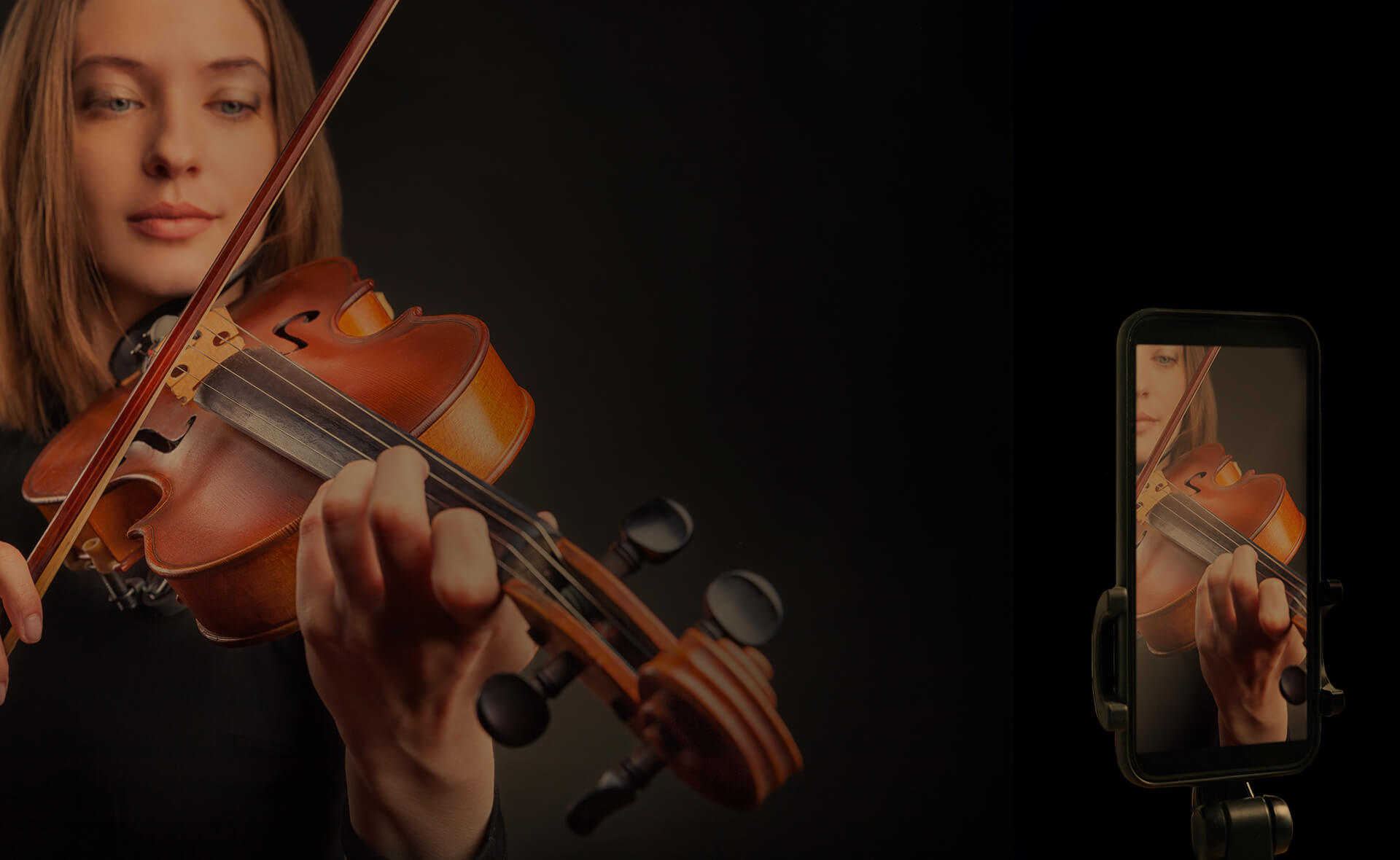Few instruments capture emotion on screen quite like the violin.
From weeping through a heartbreaking farewell, to dancing through a moment of joy, to adding a dash of tension to a dramatic scene, the violin has an unmatched ability to connect with audiences.
Over the decades, filmmakers have turned to its warm, expressive voice to heighten some of cinema’s most memorable moments.
1. Schindler’s List (1993)
Perhaps one of the most recognisable uses of the violin in film history, John Williams’ Academy Award-winning score for Schindler’s List, performed with heartbreaking sensitivity by virtuoso Itzhak Perlman, is as moving as the film itself.
The solo violin’s plaintive cry mirrors the story’s profound loss and glimmers of humanity, weaving itself into the audience’s memory long after the credits roll.
It is a perfect example of how a single instrument can carry the emotional weight of an entire narrative.
2. The Red Violin (1998)
This film is practically a love letter to the instrument itself.
The story follows the journey of a mysterious, blood-red violin as it passes through the hands of musicians, collectors, and dreamers across four centuries.
The lush, passionate soundtrack, brought to life by Joshua Bell, changes style with each chapter, reflecting the cultural and emotional landscape of its owner.
From Baroque courts to modern-day Montreal, the violin remains the constant voice connecting the generations, making it both a witness and a storyteller.
3. The Godfather (1972)
While Nino Rota’s theme is often remembered for its mournful trumpet introduction, the violin’s tender, lyrical lines are what give it its deep emotional resonance.
In the Sicilian sequences, the violin embodies nostalgia, longing, and the bittersweet beauty of Michael Corleone’s temporary escape from his violent destiny.
It is the sound of tradition, of home, and of a love story that can never last.
It is a quiet counterpoint to the film’s world of power and betrayal.
4. Pride & Prejudice (2005)
Dario Marianelli’s score for Pride & Prejudice is steeped in period charm, with the violin often taking centre stage.
During the ballroom sequences, the quicksilver interplay between violin and piano gives the dances a light, sparkling quality, perfectly matching the social tension between Elizabeth Bennet and Mr. Darcy.
The violin’s elegant phrasing mirrors the restraint of Regency-era romance, where every glance and step carries layers of unspoken meaning.
5. The Pianist (2002)
Although the piano is the film’s focus, the violin delivers one of the most poignant moments.
When Szpilman encounters a small group of Jewish musicians playing in the ghetto, the violin’s fragile, trembling tone cuts through the bleak silence.
This fleeting performance is more than music; it is defiance in the face of despair, a reminder that beauty and dignity can survive even in the most inhumane conditions.
The scene’s quiet power lies in the contrast between the musicians’ vulnerability and the strength of their art.
6. Titanic (1997)
Few can forget the image of the string quartet continuing to play as the Titanic sinks. Led by the calm and composed violinist, they perform Nearer, My God, to Thee for the passengers, bringing a sense of grace and comfort amid chaos.
The violin’s sweet, unwavering tone carries above the panic, creating one of cinema’s most unforgettable acts of courage and dignity.
It is a moment that shows music not just as entertainment, but as an offering of peace in the face of certain loss.
7. Fiddler on the Roof (1971)
In Fiddler on the Roof, the violin is both literal and metaphorical.
The fiddler, a symbolic figure who appears throughout the film, represents the precarious balance between holding on to tradition and adapting to change.
Musically, the violin leads the score with expressive Jewish folk melodies that are rich with history and emotion.
Whether in moments of community celebration or private reflection, its sound roots the story firmly in the world of Anatevka and the struggles of its people.

Why the Violin Works So Well on Screen
The violin’s strength lies in its incredible versatility.
It can whisper with the intimacy of a conversation or soar with the power of an entire orchestra.
On screen, it speaks directly to the heart, enhancing the narrative in a way that feels almost human.
With its ability to mimic the nuances of the human voice — pleading, laughing, or weeping — it is the perfect emotional partner for storytelling.
From epic romances to tales of survival, the violin continues to shape some of cinema’s most unforgettable moments.
The next time you find yourself deeply moved by a scene, listen closely and you may just hear the strings quietly pulling at your heart.


